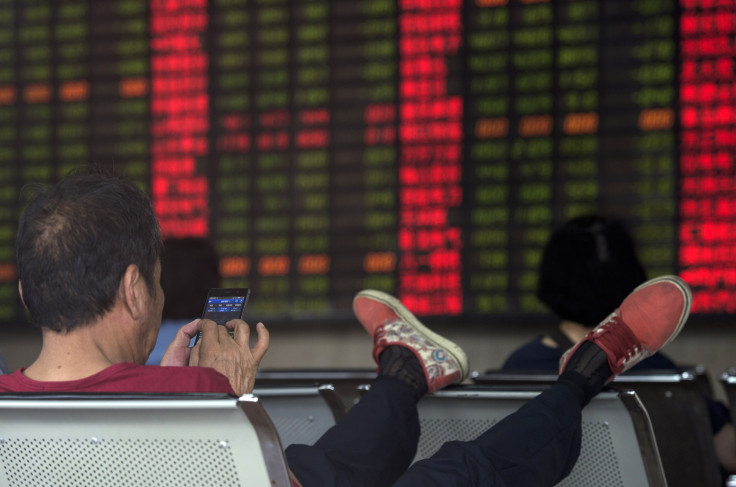China Installing ‘Circuit Breakers’ To Benchmark CSI300 Index To Control Wild Swings In Its Mainland Stock Markets

The Shanghai Stock Exchange announced plans Monday to adopt a new measure to pause trading on the country’s three mainland exchanges if the markets are moving wildly in any direction. The move is in response to a recent massive sell-off of Chinese stocks that has drained $5 trillion of their value since their June peak.
The proposal, which needs approval from the China Securities Regulatory Commission, is aimed at “maintaining market order and protecting the interest of investors, and promoting long-term stability and healthy development of the securities market,” the Shanghai Stock Exchange said in a statement published on its website.
The exchange is proposing so-called circuit breakers to the CSI300 index of China’s largest publicly traded companies. It’s the Chinese version of the U.S. Standard & Poor’s 500. The exchange is giving market participants until Sept. 21 to offer feedback on the proposal. It’s not clear when the new rule would go into effect after that.
If approved by regulators, trading on the mainland’s three exchanges -- Shanghai, Shenzen and the China Financial Futures Exchange -- would be stopped for 30 minutes when the CSI300 rises or falls by 5 percent from its previous day’s close before 2:30 p.m. If the 5 percent swing occurs after 2:30 p.m., then trading would be halted for the day. If the index swings 7 percent in any direction at any time, trading would be halted for the day.
Currently, trading of individual stocks and index futures is halted for the day if they move 10 percent in any direction. But adding a circuit breaker to the benchmark index affecting all trading would have a much broader effect.
The move is similar to what the New York Stock Exchange did in the wake of the Oct. 19, 1987, Black Monday crash when the Dow Jones Industrial Average lost a staggering 22 percent of its value in one day. Under current market-wide ciruit breaker rule, if the S&P 500 rises or falls by 7 percent, 13 percent or 20 percent, trading of stocks is halted from 30 minutes to the rest of the trading day.
Responding to a 2011 so-called flash crash attributed to algorithmic high-speed electronic trading, U.S. regulators began implementing stock-by-stock circuit breakers. But on Aug. 26, as investors panicked in the wake of a surprise Chinese currency devaluation, circuit breakers were going off like popcorn early in the trading day creating mayhem when the market opened.
© Copyright IBTimes 2024. All rights reserved.






















